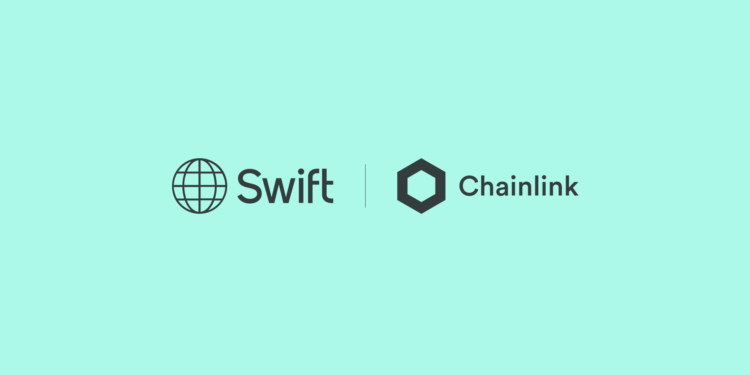Swift, the world’s leading provider of secure financial messaging services, has announced groundbreaking results from a series of experiments showcasing the capacity of its infrastructure to facilitate seamless cross-blockchain transfers of tokenized value. This achievement holds the potential to eliminate significant barriers impeding the growth of tokenized asset markets, allowing them to expand on a global scale as they mature.
While still in its early stages, tokenization has garnered significant attention from institutional investors, with 97% believing it will revolutionize asset management by enhancing efficiency, reducing costs, and broadening investment access through fractional ownership opportunities. A major challenge facing the industry is the management of tokenized assets on diverse blockchains, each with unique features and liquidity profiles. The lack of interoperability between these blockchains necessitates cumbersome connections for financial institutions, leading to operational complexities and substantial costs.
Swift’s recent collaboration with over a dozen key financial institutions, market infrastructures, and Chainlink—a leading Web3 services platform—has yielded compelling results. These experiments showcase Swift’s ability to offer a central point of access across multiple blockchain networks, utilizing its secure existing infrastructure. This achievement aims to alleviate operational challenges and minimize the investment required for institutions to support the development of tokenized assets.
A New Era for Tokenized Asset Market Expansion
The experiments align with Swift’s broader strategy to ensure global interoperability amid the emergence of new technologies and platforms. Building on their past work, which showcased Swift’s potential in interconnecting Central Bank Digital Currencies (CBDCs) and other digital assets with existing payment systems, these experiments demonstrate the platform’s capability to be a linchpin in the development of tokenization.
Tom Zschach, Chief Innovation Officer at Swift, commented on the significance of interoperability, stating, “For tokenization to reach its potential, institutions will need to be able to seamlessly connect with the whole financial ecosystem. Our experiments have demonstrated clearly that existing secure and trusted Swift infrastructure can provide that central point of connectivity, removing a huge hurdle in the development of tokenization and unlocking its potential.”

The successful trials involved prominent financial institutions, including ANZ, BNP Paribas, BNY Mellon, Citi, Clearstream, Euroclear, Lloyds Banking Group, SIX Digital Exchange (SDX), and The Depository Trust & Clearing Corporation. Chainlink played a pivotal role by securely connecting the Swift network to the Ethereum Sepolia network using its Cross-Chain Interoperability Protocol (CCIP), ensuring complete interoperability between source and destination blockchains.
Sergey Nazarov, Co-Founder at Chainlink, emphasized the significance of this achievement, stating, “It’s now clear that both top global banks and leading market infrastructures believe there will be greater adoption of digital assets across the entire banking industry, and that this adoption will happen using multiple different blockchain technologies at the same time. The collaboration between Swift, over ten of the largest financial institutions, and Chainlink also proved that interoperability across chains is critical to enabling the next stage of digital asset adoption across the global financial system.”
Beyond proving that Swift’s existing infrastructure can facilitate secure connections to diverse blockchains, the experiments provided insights into the technical and business requisites for interacting with business and public blockchains. They also examined the value of a blockchain interoperability protocol in securely transferring data between existing systems and a potentially unlimited number of blockchains.
The experiments addressed solution design, technical development, data privacy, governance, operational risk, and legal liability considerations. Simulated tokenized asset transfers were executed within the same public Distributed Ledger Technology network, across different public blockchains, and between a public and private blockchain network. Swift intends to continue collaborating with the financial community to identify concrete use cases for tokenized asset adoption, prioritizing efforts accordingly.























